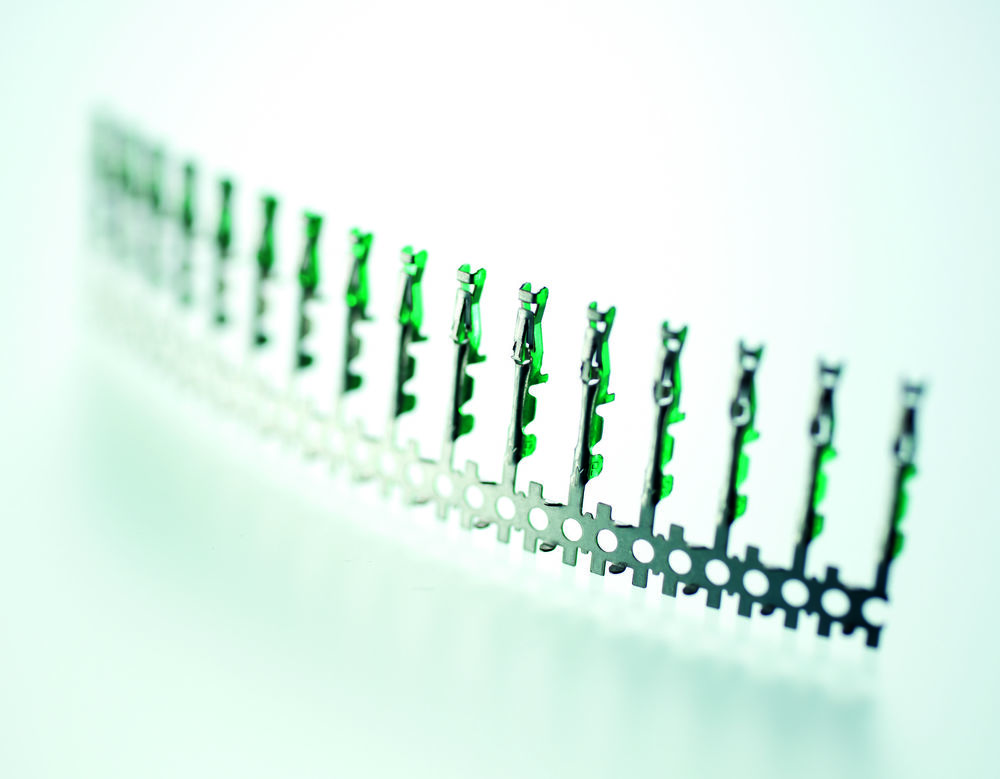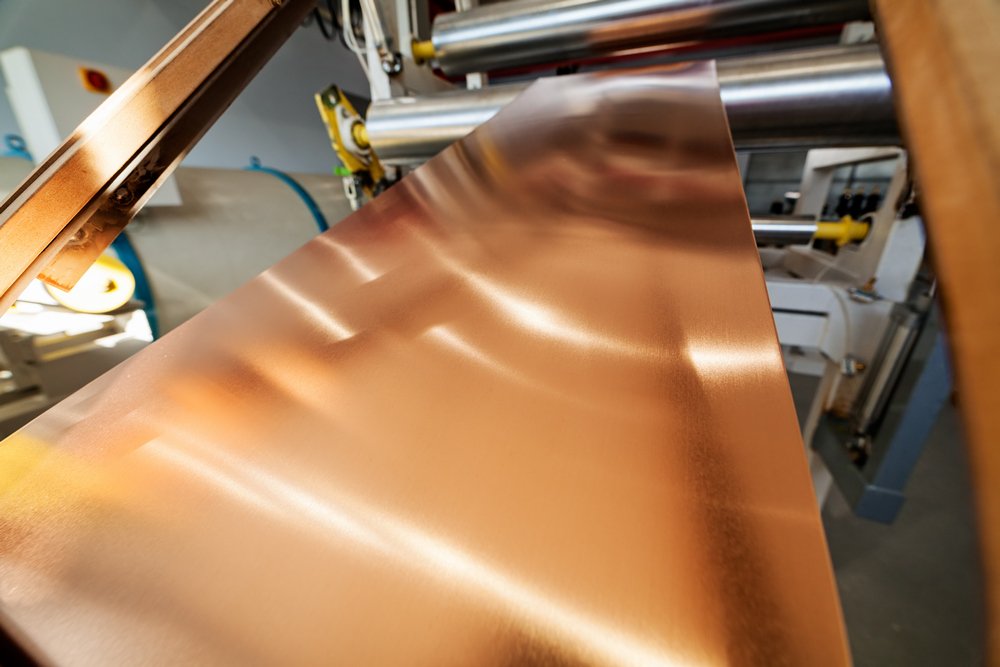Construction & Manufacturing
Of all common metals – with the exception of silver – copper has the highest conductivity of electricity and heat. Accordingly, a large part of copper is used for electrotechnical purposes. With this highest volume-specific electrical conductivity of all technically common conductor materials, copper reduces energy losses.
This improves energy efficiency and thus lowers operating costs. From high-voltage power transmission to microelectronics, from gigawatt generators to PCs, copper is recommended as a crucial and energy-efficient material in every aspect of power generation, transmission and use. Its high conductivity allows designers to choose the smaller cross-sections compared to other materials for given power levels, thus enabling more compact and lighter construction. This is especially true for motors and transformers or any equipment with limited installation space. Copper also leads to significantly lower operating costs due to its better efficiency. Especially with electric drives, energy costs often account for more than 90 % of the total operating costs.

In the automotive industry, copper alloys enable higher operating temperatures and performance for electric motors, generators and vehicle electrical systems. Here, the issue of “lightweight construction and installation space” is particularly critical. The compact design and high efficiency help to address both. Due to their high thermal conductivity, copper materials optimise heat management in highly efficient systems. For example, copper materials are excellent in vehicle radiators, heat sinks and cooling devices.
Copper has a low susceptibility to contact corrosion due to its position in the electrochemical voltage series. Its specific tarnishing behaviour can be prevented for technical applications by specific surface treatment. For appropriate applications and requirements, strips made of copper materials, for example, can easily be provided with various types of coatings that ensure resistance in aggressive environments and confer other positive properties such as high wear resistance and good sliding properties – without disturbing the good conductivity. Excellent corrosion resistance is also the guarantee for the use of copper materials in the area of earth electrodes.
All material surfaces interact with their environment – and copper is no exception. Due to its low reaction speed and the nature of its formed thin surface layers – if not coated – these processes hardly interfere with electrotechnical applications; contact resistances usually remain in the non-critical range. This is mainly used for contacts, e.g. connectors, where the good spring properties and relaxation round off the application profile. But the material is also convincing in the context of electrical building installations with its lower contact resistance, especially since it has a better long-term contacting ability than other materials, as no long-term flow occurs. Here, coatings can also be applied without impairing the functionality.

Designing to suit the material requires the selection of the material at a relatively early stage of the design work.
Are you looking fo another content?